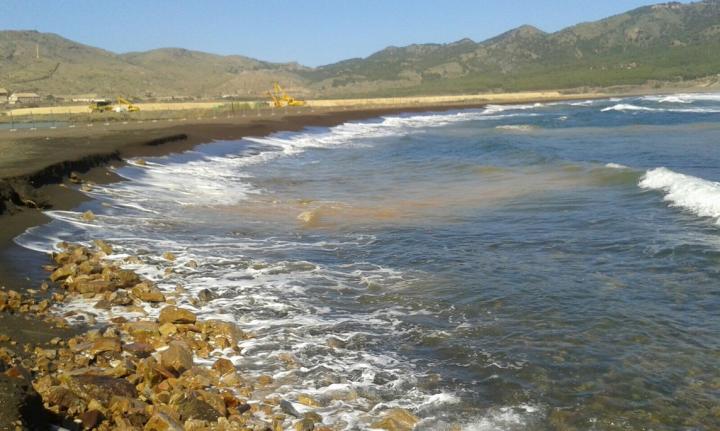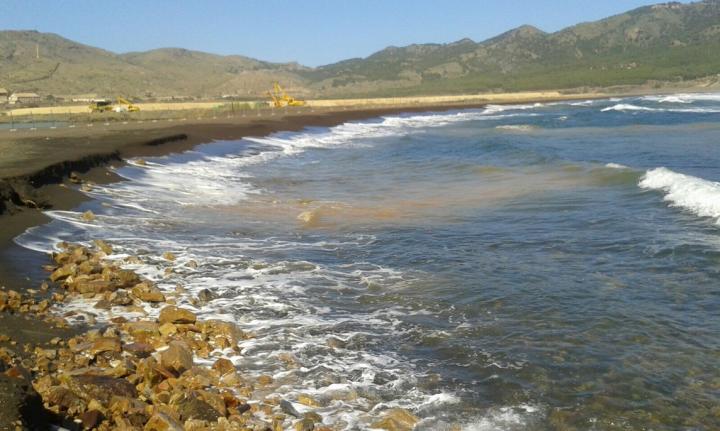
Credit: ICTA-UAB
The waters of the Mediterranean Sea continue to receive dissolved metals from the mining waste deposited in Portmán Bay (Murcia) 25 years after the cessation of mining activity. A study by researchers from the Institute of Environmental Science and Technology of the Universitat Autònoma de Barcelona (ICTA-UAB), in collaboration with UB researchers, shows that the sea continues to be contaminated through groundwater containing heavy metals such as iron, cadmium, nickel, zinc and lead.
Portmán Bay is a paradigmatic case of impact from mining activities on the Mediterranean coast. Mining activity in the area dates back to Roman times, but it was between 1957 and 1990 when a large-scale open-air exploitation was conducted that led to the dumping of 57 million tons of waste into the bay, with a volume equivalent to 130 times a sports stadium with capacity for 100,000 people. When the spillages ceased due to social pressure against their ecological impact, among other reasons, the waste had already filled a large part of the bay and stretched out to sea. The study, recently published in the journal Science of the Total Environment, demonstrates that metals continue to enter the sea through groundwater discharges that circulate inside the landfill, and by the recirculation of seawater through the waste due to waves, especially during sea storms. “Around 10% of metals, mainly iron, reach the sea through underground discharges, while recirculation transports the rest of metals such as nickel, zinc, lead and cadmium,” explains Aaron Alorda Kleinglass, researcher at the ICTA-UAB and first author of the study.
Research shows that groundwater and sediments are much more contaminated by metals than the surface marine waters of the bay. “This is because when iron comes into contact with seawater, iron hydroxides are formed, which drag the dissolved metals in the water column into the sediments,” says Jordi Garcia-Orellana, ICTA-UAB researcher. In addition, episodes of cold drop such as those in September increase the entry of metals, both due to the effects of rains and the rise of the sea and waves.
Scientists warn that in the framework of the restoration project that is being carried out in the emergent part of Portmán Bay, it is advisable to avoid communicating groundwater more heavily loaded with metals with seawater, as this fact could increase notably the amount of metals released into the marine environment. “It is essential to carry out new on-the-spot research, since we still do not know exactly what the new dynamics of groundwater will be once the restoration project is finished,” concludes Valentí Rodellas.
###
Media Contact
Isabel Lopera
[email protected]
0034-935-868-652
Related Journal Article
http://dx.





